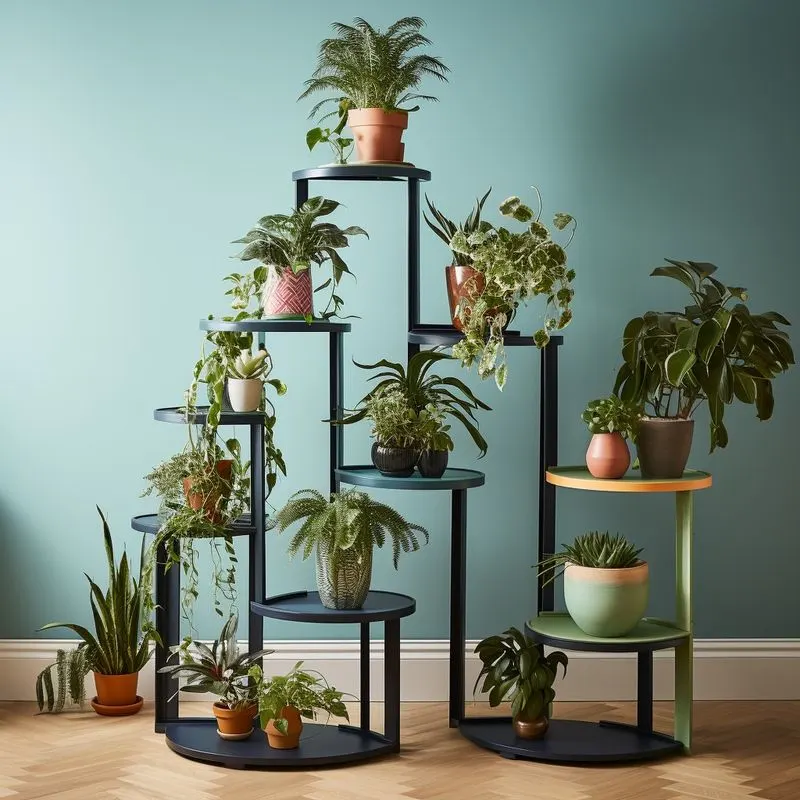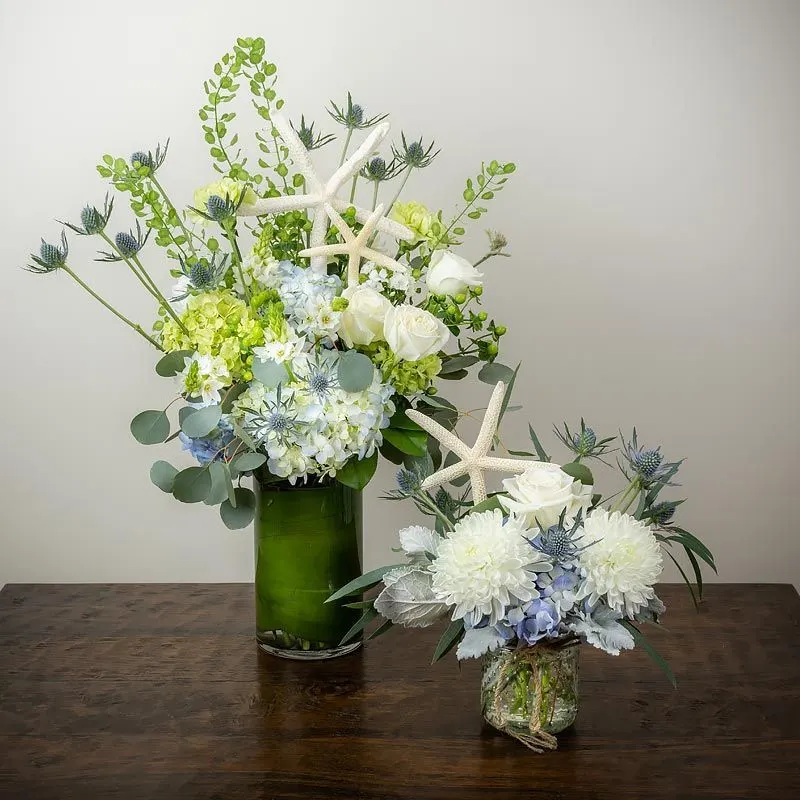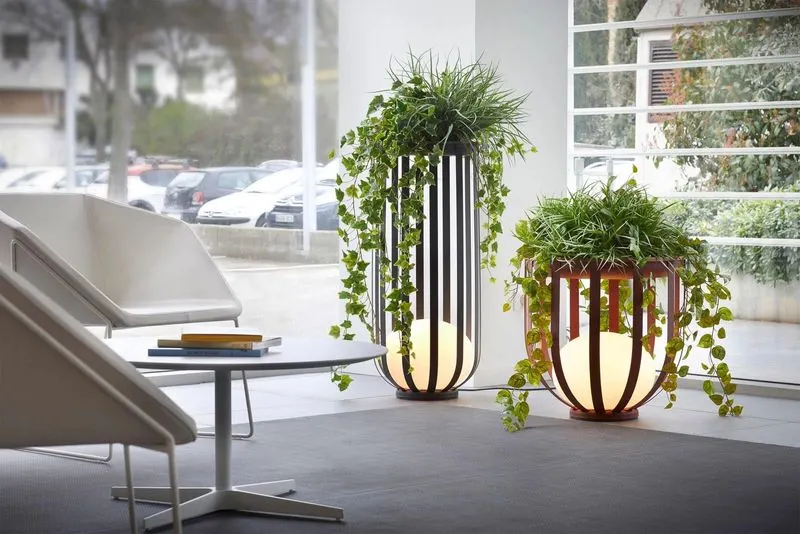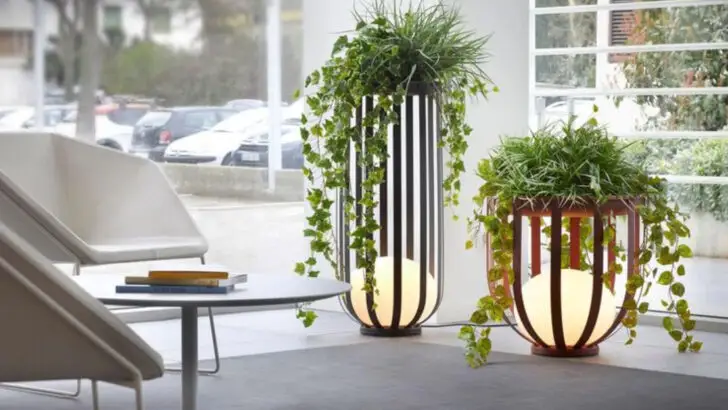Plants can do a lot for a space they add texture, color, and a bit of life that typical decor just can’t match. But it’s surprisingly easy to go from “intentional styling” to “why is there a plant in that corner?” A few mismatched pots or one too many trailing vines, and suddenly things start to feel more cluttered than calming.
The key is treating plants like part of the design, not just something you’re squeezing in because it looked nice at the shop. That means thinking about scale, placement, and how each plant actually fits with the room around it. Here’s how to use plants in your space so they feel like they belong, not like they were added as an afterthought.
Harmonizing Heights

Creating plant displays with varying heights adds visual interest to any room. Imagine a cozy corner where a tall fiddle leaf fig complements shorter succulents on a lower shelf. This approach draws the eye upwards and ensures each plant gets its moment in the spotlight.
By mixing tall and short plants, you allow for a more dynamic flow. This method prevents your arrangement from feeling flat or monotonous. Consider adding a plant stand or hanging planter to elevate certain pieces, introducing layers to your decor.
Color Coordination

Aligning plant colors with your existing decor can create a cohesive look. Picture a modern room where green and purple plants perfectly match the decor, tying the space together.
Select plants that echo the colors of your furniture or artwork to achieve harmony. This technique helps prevent the plants from appearing as an afterthought, instead turning them into integral components of your design. Incorporating plant hues into your overall palette cultivates an inviting and unified environment.
Themed Arrangements

Embrace themed arrangements to make your plant decor distinctive. Imagine a vintage-themed room where charming antique pots showcase ferns, adding character and style.
Themed arrangements allow you to express your personality and enhance the room’s ambiance. Whether you opt for a beach theme with sea grass and shells or a rustic vibe with wooden planters, these setups personalize your space. By selecting a theme, you’re not only decorating but also curating an experience.
Functional Greenery

Incorporate functional greenery by using plants that serve a dual purpose. Picture a minimalist kitchen where herbs like basil and rosemary thrive on a sunny windowsill, ready for culinary use.
Functional plants not only beautify but also enrich your daily routines. By integrating edible plants, you can enjoy fresh ingredients while enhancing your decor. These plants become practical and attractive elements in your home, making every meal a little more special.
Statement Pieces

Utilize statement pieces to captivate attention and anchor your decor. Envision a minimalist living room where a large Monstera plant serves as a bold focal point, sparking conversations.
Statement plants, with their dramatic leaves or unique shapes, can define a space. Position them strategically to draw interest and give your room a distinctive flair. A well-chosen statement plant doesn’t just decorate; it transforms your space into something memorable.

